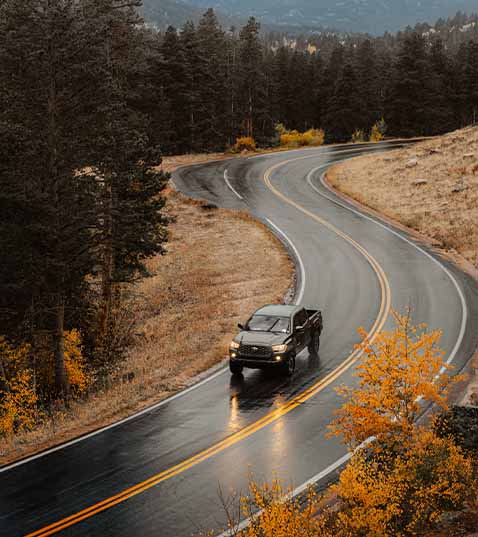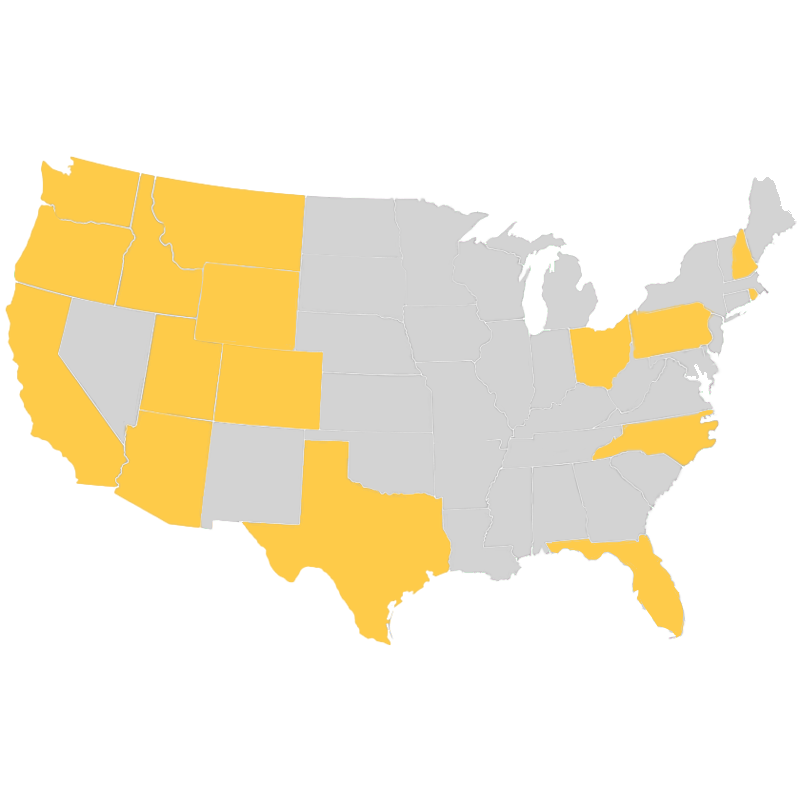Wildfires can spread rapidly, engulfing vast areas and threatening homes, wildlife, and lives. If you live in a region prone to wildfires, having a well-thought-out evacuation plan is crucial. This guide provides essential steps to help prepare your family, pets, and livestock for evacuation.
- Understanding Your Risk
- Know Your Area: Familiarize yourself with the wildfire risk in your region. Stay informed about local wildfire warnings and alerts through reliable sources such as the National Weather Service or your local fire department.
- Create a Fire-Resistant Zone: Maintain a defensible space around your home by clearing dry vegetation and flammable materials. This can slow the spread of fire and give you more time to evacuate.
2. Prepare your Evacuation Plan
A. Family Safety
- Create a Family Emergency Plan: Ensure every family member knows their role in an evacuation. Assign responsibilities, such as who will gather important documents, who will handle pets, and who will drive.
- Designate Meeting Points: Choose a primary meeting place in case you get separated. Make sure everyone knows how to reach these locations.
- Develop Multiple Evacuation Routes: Identify several routes to leave your area, and practice driving them. Keep updated on road conditions and closures during a wildfire emergency.
B. Emergency Kits
- Assemble Go-Bags: Each family member should have a backpack with essential items:
- Water (one gallon per person per day)
- Non-perishable food
- Medications and personal hygiene items
- Flashlight and batteries
- First-aid kit
- Copies of important documents (IDs, insurance papers)
- Clothing and sturdy shoes
- Cash and credit cards
- Phone chargers
- Pet Emergency Kits:
- Food and water for several days
- Medications and medical records
- Leashes, harnesses, and carriers
- Familiar items like toys or blankets
- Current photos in case you get separated
- Livestock Supplies: Prepare to transport or shelter them
- Halters and ropes
- Feed and water for several days
- Identification tags
- Transport vehicles or trailers
C. Communication
- Stay Informed: Monitor news and weather updates regularly. Use reliable apps and websites for real-time alerts.
- Communication Plan: Have a list of emergency contacts. Inform a relative or friend outside the affected area of your plans.
3. During Evacuation
- Early Evacuation: Don’t wait for mandatory orders. Leaving early reduces stress and ensures a safer escape.
- Transporting Pets and Livestock:
- Pets: Secure them in carriers or with leashes. Load them into your vehicle first, weather permitting.
- Livestock: If you have trailers, move animals to pre-arranged safe zones. If evacuation isn’t possible, release them into large pastures with minimal vegetation and away from buildings.
- Home Preparation: Before leaving, take steps to safeguard your home
- Close all windows and doors but leave them unlocked for firefighters.
- Move flammable furniture away from windows.
- Turn off gas and propane.
- Leave lights on to help firefighters see through smoke.
4. After Evacuation
- Check for Safe Return: Listen to authorities and only return when it’s declared safe.
- Inspect Property: Be cautious of hazards like downed power lines and hotspots.
- Seek Help: If your home is damaged, contact local disaster relief services for assistance and shelter.
5. Special Consideration for Pets and Livestock
A. Small Pets
- Safe Handling: Use carriers to reduce stress and prevent escape.
- Shelter: Identify pet-friendly shelters in advance or have arrangements with friends/family.
B. Large Animals and Livestock
- Pre-Evacuation Practice: Regularly load and transport livestock to ensure they are comfortable with trailers.
- Emergency Shelter: Establish contacts with facilities that can house your animals during emergencies.
C. Wildlife
- Safe Coexistence: Do not try to rescue wild animals. Provide them with escape routes and avoid interfering with their instinctual behaviors.
6. Review and Practice your Plan
- Regular Drills: Conduct family evacuation drills twice a year. Include pets and practice loading livestock.
- Update Supplies: Check your emergency kits annually. Replace expired items and adjust the contents as needed.
Resources for Further Information
General Wildfire Preparedness
- Ready.gov Wildfire Safety: National guidelines and resources for preparing for and responding to wildfires.
- National Fire Protection Association: Information on creating defensible spaces and protecting your home from wildfires.
- American Red Cross Wildfire Safety: Comprehensive tips on evacuation planning and emergency kits.
- ASPCA Pet Safety in Emergencies: Guidelines for ensuring your pets’ safety during emergencies.
Spokane-Specific Resources
- Spokane County Emergency Management: Provides local emergency alerts, evacuation information, and resources specific to Spokane County.
- Washington State Department of Natural Resources Wildfire Resources: Offers statewide information on wildfire activity, fire prevention, and safety tips.
- Spokane County Fire Districts: Directory of local fire districts with contact information and resources for community safety.
- Spokane Regional Emergency Communications: Regional emergency planning and communication services for public safety.
- Spokane Humane Evacuation Animal Rescue Team: Provide assistance in times of emergency/disasters, rescuing animals, setting up and operating emergency animal shelters
- Washington State University Extension – Livestock Preparedness: Guidance on preparing and protecting livestock in wildfire situations.
Community Alerts and Information
- Alert Spokane: Sign up for emergency notifications specific to your area in Spokane County.
- InciWeb Incident Information System: National and local incident information for ongoing wildfires, including those in Spokane.
- Spokane Public Radio – Emergency Updates: Stay tuned to local radio for real-time updates and emergency information.
Stay Informed and Prepared
A proactive wildfire evacuation plan is vital to ensure the safety of your family, pets, and livestock. By staying informed, preparing thoroughly, and acting decisively, you can minimize the impact of a wildfire emergency. Remember, your safety is paramount, and material possessions can be replaced, but lives cannot. If you are interested in Home Insurance, Associated Agents Group can help. Give us a call at 509.928.7528 or fill out the form below to get in touch.
Stay safe, stay prepared, and prioritize your well-being and that of your loved ones in every step you take.












